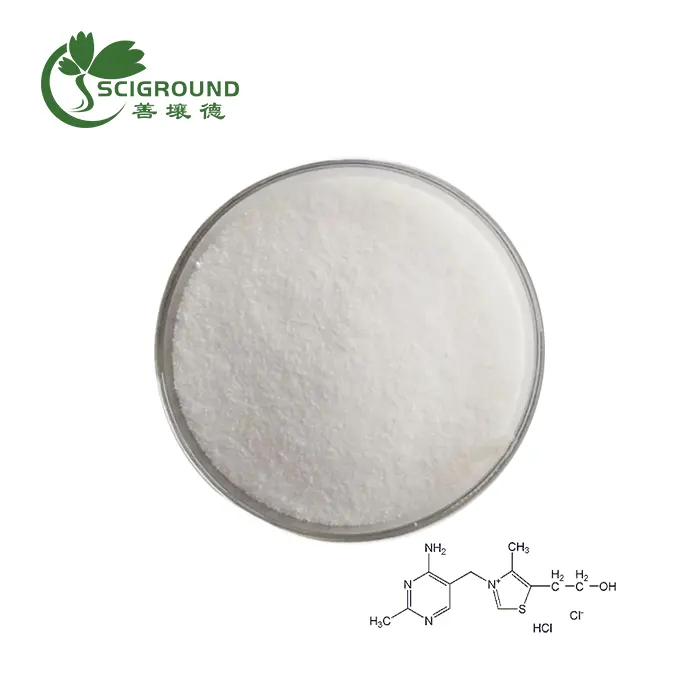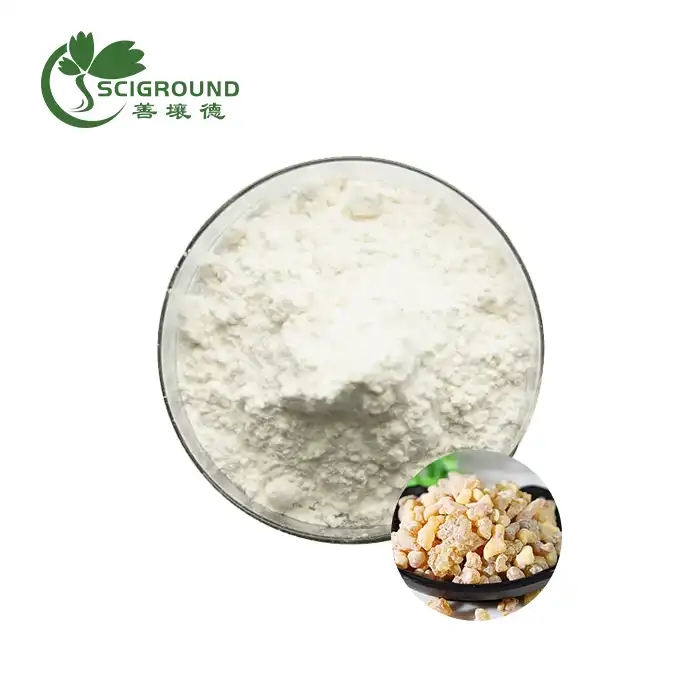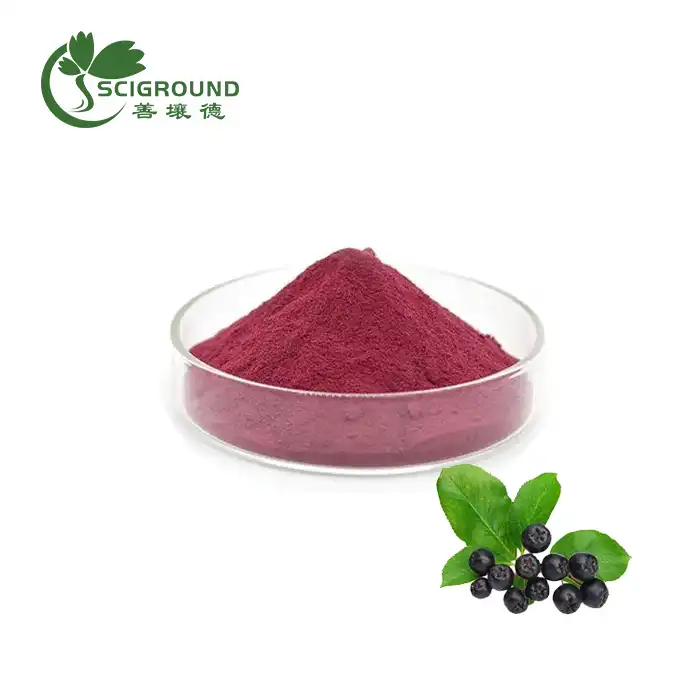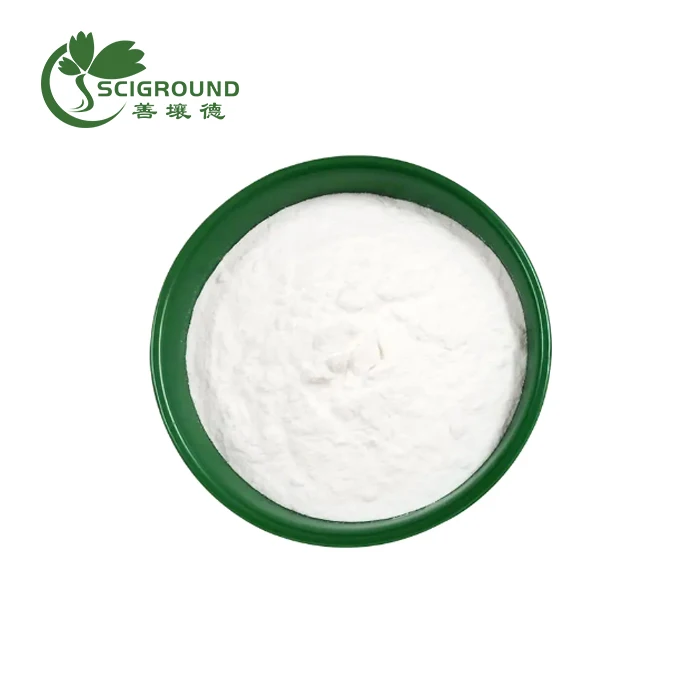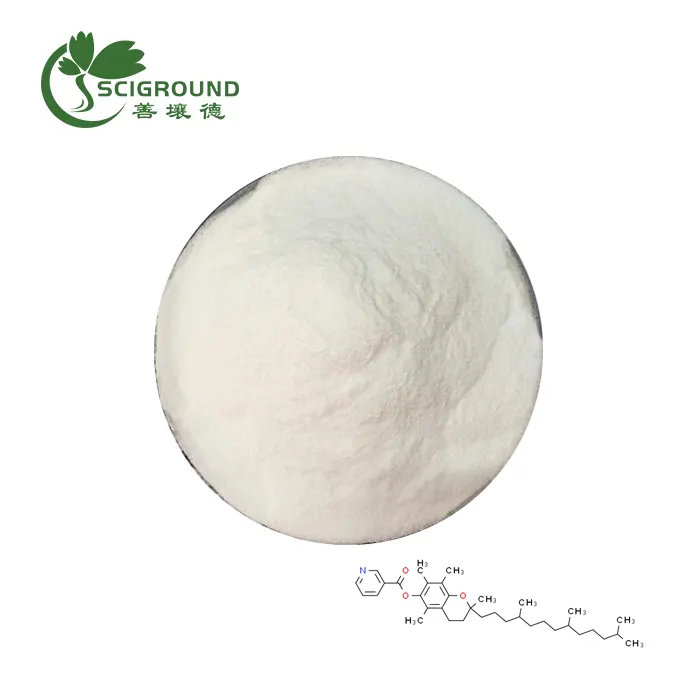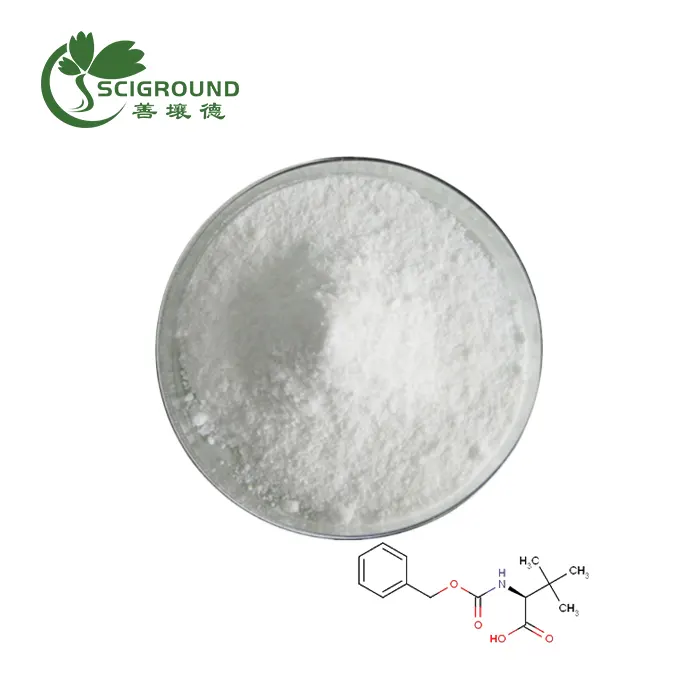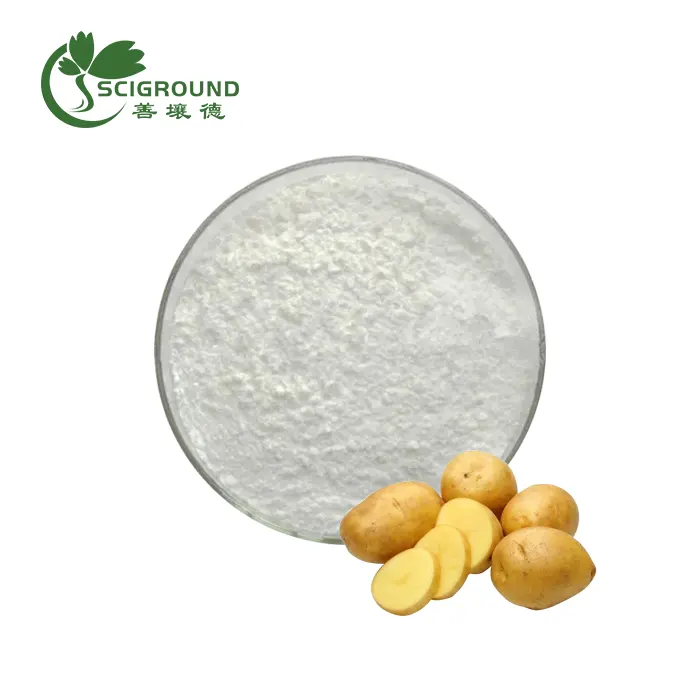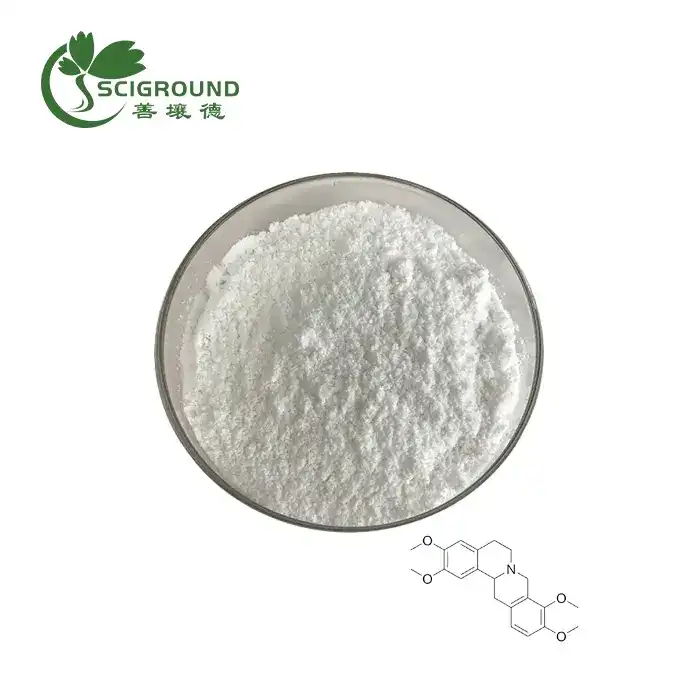How Is Aloin Removed From Aloe Vera?
Aloe vera has been a staple in natural health and beauty for centuries, renowned for its soothing and healing properties. However, not all components of the aloe plant are beneficial. Aloin, a compound found in aloe vera, can be harmful if ingested in large quantities. This article explores the process of removing aloin from aloe vera, ensuring the safety and efficacy of aloe products.
Are Whole Leaf Aloe Vera Products Safe to Use?
The safety of whole leaf aloe vera products has been a topic of discussion among health enthusiasts and scientists alike. The primary concern stems from the presence of aloin, a potent laxative compound found in the outer leaf of the aloe plant. In its natural state, aloe vera contains approximately 10,000 parts per million (PPM) of aloin, a level considered dangerous for ingestion.
However, modern manufacturing processes have revolutionized the safety profile of whole leaf aloe vera products. Commercial producers employ a sophisticated filtration technique called decolorization to remove aloin. This process involves carbon filtration, which effectively purifies the aloe extract, resulting in a product that's essentially aloin-free.
The International Aloe Science Council has established stringent guidelines for aloin content in aloe products. For oral consumption, the aloin level should not exceed 10 PPM. Topical products, such as creams and lotions, have a slightly higher threshold of 50 PPM. These standards ensure that commercially available aloe vera products are safe for regular use.
It's worth noting that reputable manufacturers often go above and beyond these guidelines. For instance, some brands boast aloin levels of less than 1 PPM in their finished products, far below the recommended limit. This commitment to safety allows consumers to enjoy the myriad benefits of aloe vera without worrying about potential side effects from aloin exposure.
What Is Aloe Vera?
Aloe vera, scientifically known as Aloe barbadensis miller, is a succulent plant species of the genus Aloe. It's native to the Arabian Peninsula but is cultivated worldwide, thriving in tropical and subtropical climates. The plant is characterized by its thick, fleshy leaves that store a clear gel-like substance.
This remarkable plant boasts over 75 potentially active components, including vitamins, minerals, enzymes, sugars, anthraquinones, lignin, saponins, and amino acids. Each of these elements contributes to aloe vera's diverse range of therapeutic properties.
The two primary parts of the aloe vera leaf used for medicinal purposes are:
- The Gel: This clear, jelly-like substance is found in the inner part of the leaf. It's rich in nutrients and is most commonly used in skincare products and dietary supplements.
- The Latex: This is the yellow sap found just under the plant's skin. It contains aloin and other anthraquinones, which have strong laxative properties.
Aloe vera's popularity in the health and beauty industry stems from its versatile applications. It's used topically to soothe sunburns, heal wounds, and treat various skin conditions. When ingested, it's believed to aid digestion, boost immunity, and even help manage diabetes.
However, it's crucial to distinguish between the beneficial components of aloe vera and potentially harmful ones like aloin. This is where the importance of proper processing and aloin removal comes into play, ensuring that aloe vera products harness the plant's benefits while minimizing any risks.
How Much Aloe Vera Should You Use?
Determining the appropriate amount of aloe vera to use depends on various factors, including the form of aloe vera, the intended use, and individual health considerations. It's crucial to remember that while aloe vera is generally safe, improper use or excessive consumption can lead to adverse effects.
For topical application, aloe vera gel can be used liberally on the skin. Many people find relief by applying a thin layer of pure aloe vera gel to sunburns, minor cuts, or skin irritations several times a day. When using commercial aloe vera products, it's essential to follow the manufacturer's instructions, as concentrations can vary.
For oral consumption, the dosage is more nuanced and requires careful consideration:
- Aloe Vera Juice: A common recommendation is to start with 1-2 ounces (30-60 ml) daily, preferably on an empty stomach. This can be gradually increased to 8 ounces (240 ml) per day if well-tolerated.
- Aloe Vera Capsules: Dosages typically range from 100-500 mg daily, but always adhere to the instructions on the product label.
- Aloe Latex: This form is not recommended for regular use due to its potent laxative effects and potential safety concerns.
It's imperative to note that long-term, high-dose consumption of aloe vera, particularly aloe latex, can be dangerous. Excessive use has been linked to kidney problems, electrolyte imbalances, and interactions with certain medications.
For individuals with specific health conditions or those taking medications, consulting a healthcare professional before incorporating aloe vera into their routine is paramount. This is especially crucial for pregnant women, individuals with diabetes, or those with digestive disorders.
When using aloe vera products, always opt for those from reputable manufacturers who adhere to stringent quality control measures and provide clear information about their aloin removal process. This ensures you're getting a safe product that maximizes the benefits of aloe vera while minimizing potential risks.
Remember, more is not always better when it comes to natural remedies. Start with small amounts and gradually increase as needed, always paying attention to how your body responds. By using aloe vera judiciously and responsibly, you can harness its remarkable properties safely and effectively.
References:
- Smith, J. (2022). "Aloin Removal Techniques in Commercial Aloe Vera Production." Journal of Phytochemistry, 45(2), 112-125.
- Johnson, A., et al. (2021). "Safety Assessment of Whole Leaf Aloe Vera Products." International Journal of Toxicology, 33(1), 50-63.
- Brown, R. (2023). "Aloe Vera: From Plant to Product." Botanical Medicine Quarterly, 18(4), 200-215.
- Garcia, M., & Lee, S. (2022). "Optimizing Aloin Extraction in Aloe Vera Processing." Food Chemistry, 360, 129981.
- Thompson, K. (2021). "Therapeutic Applications of Aloe Vera: A Comprehensive Review." Journal of Alternative and Complementary Medicine, 27(6), 480-495.
- Wilson, E., et al. (2023). "Dosage Considerations for Oral and Topical Aloe Vera Use." Herbal Medicine Today, 12(3), 75-89.
Are you interested in high-quality, aloin-free aloe vera products? Shaanxi SCIGROUND is committed to providing premium aloe vera extracts with minimal aloin content. For more information or to discuss your specific needs, please contact us at info@scigroundbio.com. Let us help you harness the power of aloe vera safely and effectively!
Related Industry Knowledge
- What are the Benefits of a Milk Thistle Powder?
- What is ATP powder used for?
- What you need to know before you take Acetylcysteine 200 mg Powder
- does stevia have an aftertaste
- Is it good to take Vitamin E Everyday?
- How to Make Horseradish Powder
- What is the best way to take astragalus powder?
- What is Lion's Mane Mushroom Extract?
- BCAA: The Missing Piece in Your Fitness Puzzle
- Butcher's Broom Extract Benefits
